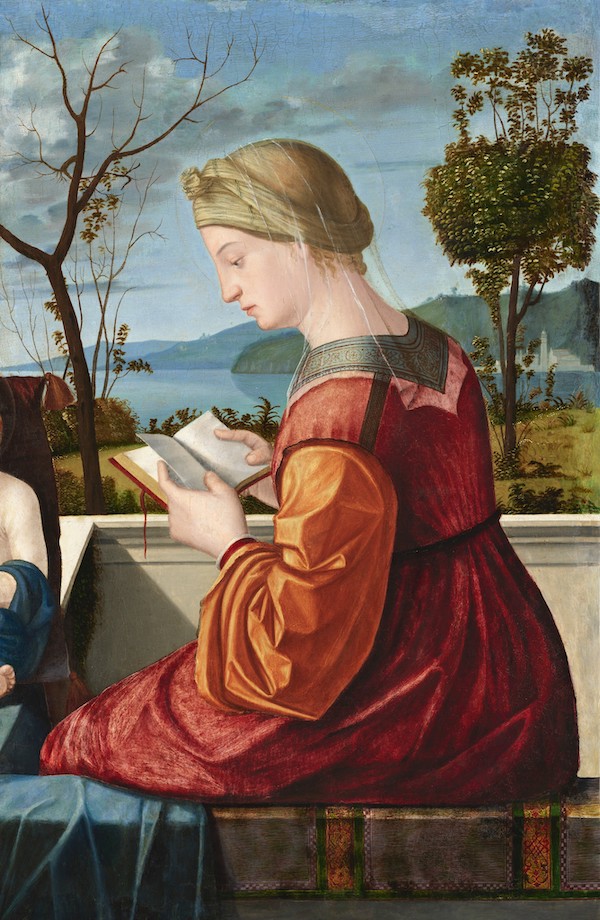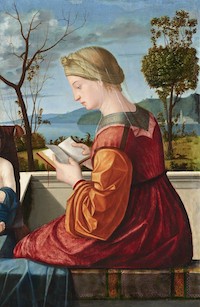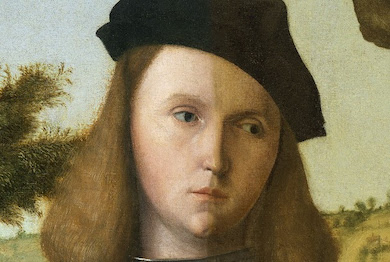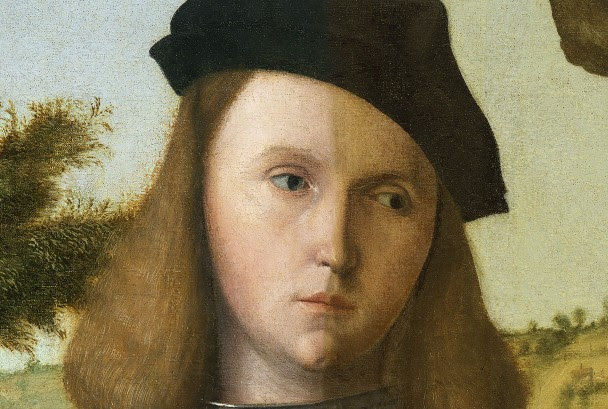
VENICE, Italy (AP) – When most people think of “carpaccio,” they think of the thinly sliced raw beef appetizer made famous by Venice’s iconic Harry’s Bar. Few people know that the dish is named for a lesser-known Venetian, the Renaissance painter Vittore Carpaccio, because of the intense red hues he favored. Carpaccio the painter has recently received more attention outside his native Venice. In November, the National Gallery in Washington inaugurated the first retrospective exhibit of his work outside Italy. The show, Vittore Carpaccio: Master Storyteller of Renaissance Venice, is set to close in Washington on Feb. 12 and move to Venice’s showcase Palazzo Ducale on March 18. The Washington exhibit includes two Carpaccio paintings that left Venice for the first time in more than 500 years.




